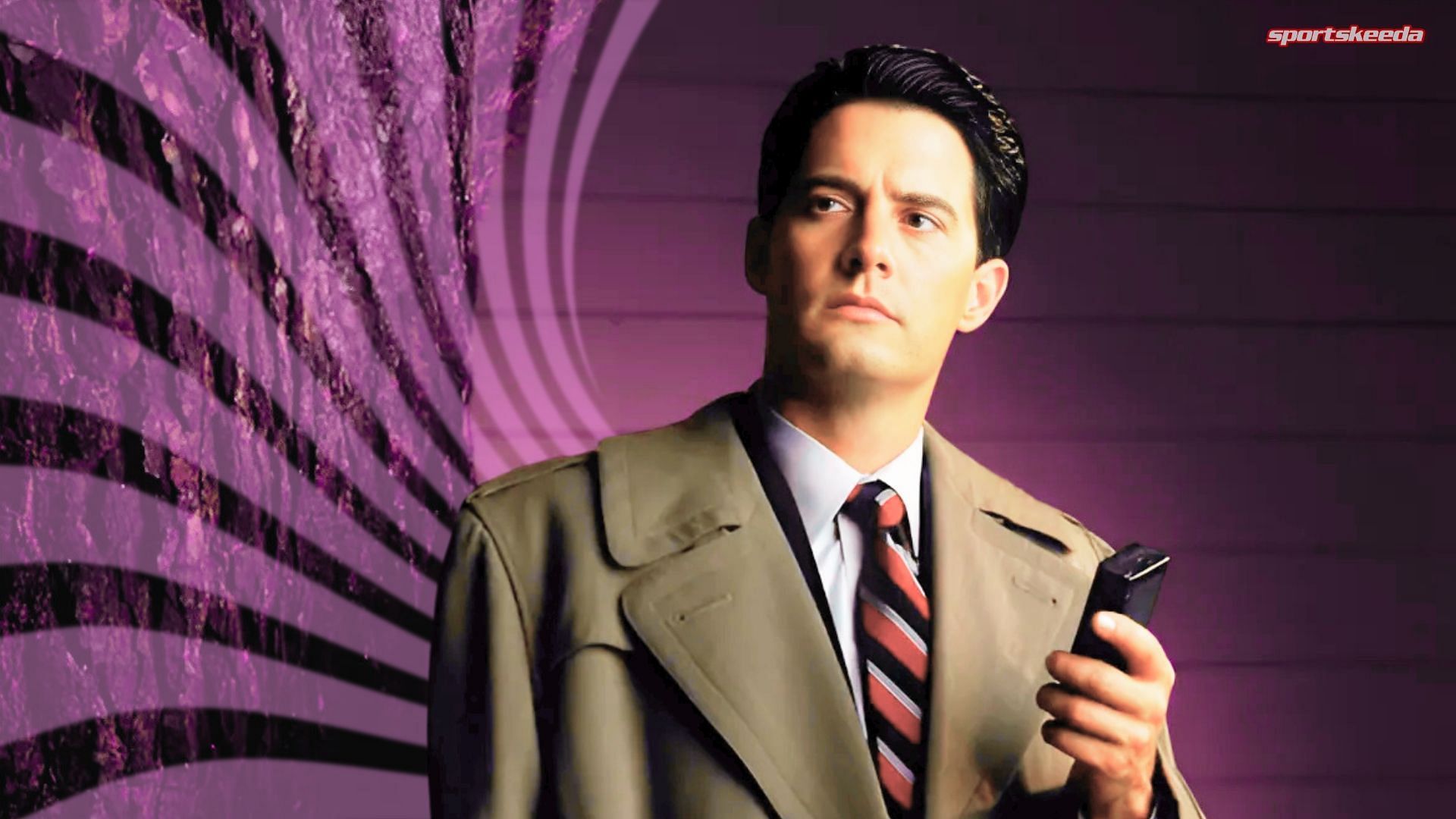I watched Twin Peaks for the mystery, then the dream logic took over my nightmares

One of the projects filmmaker David Lynch is most renowned for is the mystery horror drama series Twin Peaks. The first season of the original series aired on ABC between April 8 and May 23, 1990, while the second season aired between September 30 and June 10, 1991. The show's third and final season aired on Showtime between May 21 and September 3, 2017.
All three seasons of Twin Peaks starred Blue Velvet and The Hidden star, Kyle MacLachlan, as Special Agent Dale Cooper, an FBI agent who unearths clues to solve mysteries. However, these mysteries are often more complex than they initially appear, incorporating supernatural elements.
Disclaimer: This article reflects the opinions of the writer.
Additionally, many sequences in the show blur the lines between dreams and reality, making it challenging for the audience to distinguish between the two. As a viewer, I often found myself questioning whether what I was seeing was actually happening in the lives of the characters on screen.
As many would be aware, David Lynch likes to explore ideas rather than absolutes. Therefore, during the dream-like sequences featuring absurd conversations, abstract sets and surreal imagery, I began to believe that everything occurring in the show was a part of Agent Cooper's dreams.
This idea isn't far-fetched, as seen in Mulholland Drive, another one of Lynch's projects. The film's ending seemingly undermines everything that has occurred up to that point, prompting viewers to reconsider the authenticity of the events they have witnessed.
Twin Peaks makes it difficult to distinguish between reality and imagination
As previously mentioned, Twin Peaks, through several visual media, makes a seamless transition from dream to reality and vice versa. These progressions happen in such a manner that, as a member of the audience, I was left confused.
For instance, in episode 22 of season 2 of Twin Peaks, the entire sequence that takes place in the red room involving Agent Cooper, Laura and a little person cannot simply be true. The same is hinted at through several clues during its occurrence. However, eventully, it appears that the scene has some meaning in the narrative, as it ties in with the things happening in the real world of the show.
Similarly, the show has several instances where I was left reflecting on what I was seeing and the true nature of it. Eventually, I deduced that while some of these sequences had an impact on the show's overall storyline, others were a mere distraction to take viewers' attention away, so that when it was time for the audience to pay attention to what was actually happening, they were left confused.
This, I believe, was done for its shock value and also to establish David Lynch's work as distinctive from those of his contemporaries. The show succeeded in doing that, as I was left racking my brain after every sequence that involved Agent Cooper sliding into a dream sequence.
The music of Twin Peaks also acts as a mode of communication between characters
There are several elements at play in Twin Peaks. While the visual medium plays the most important part, the audio medium equally contributes. The music in the show is strategically used throughout to communicate various emotions.
When Agent Cooper is exploring the supernatural, the music is mostly eerie. Therefore, before such a scene arrives, the music already warns the audience of its arrival.
Stay updated on the latest trends in TV shows and movies as 2025 progresses.




